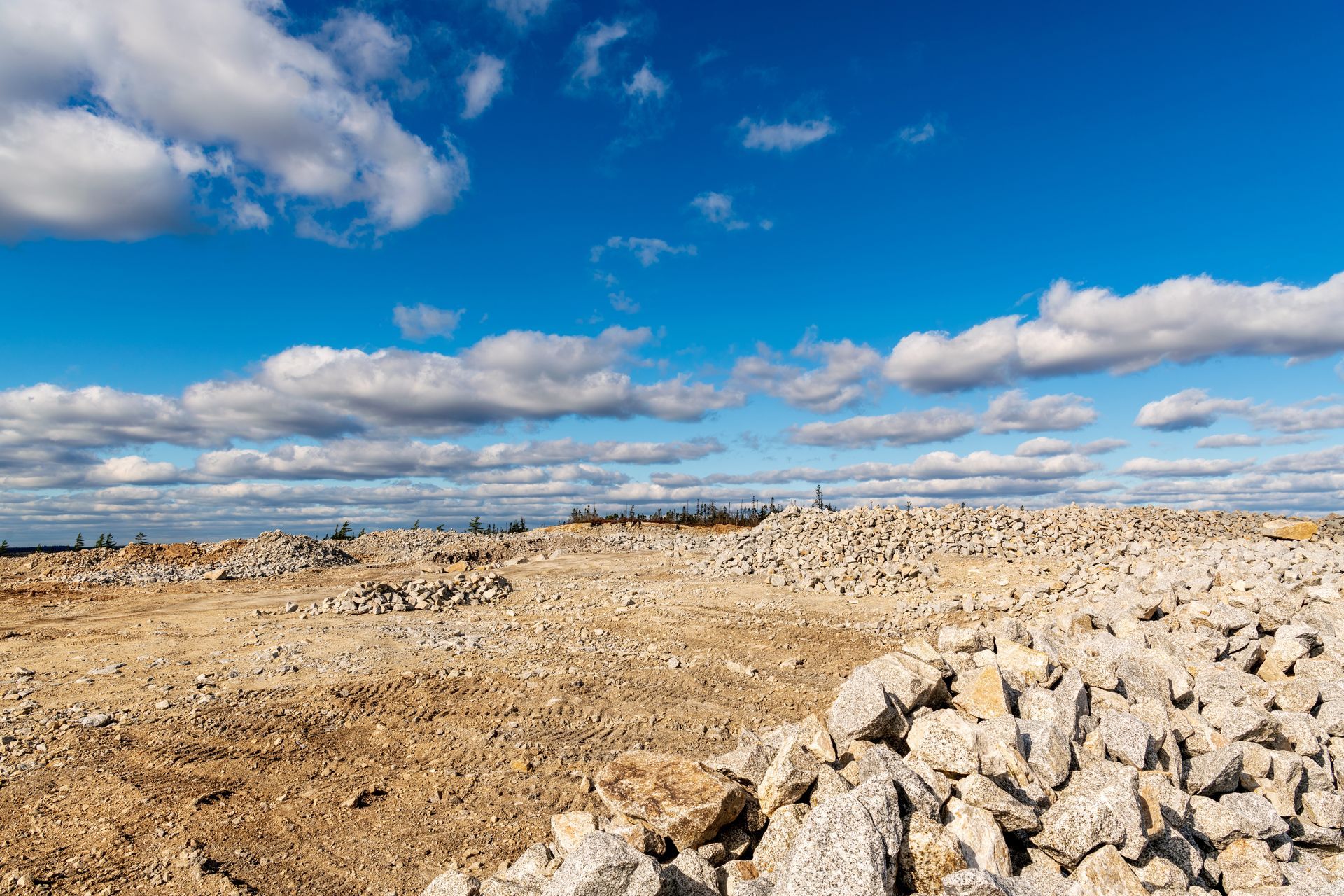Grading and Site Preparation
Importance of Proper Grading for Construction Site Preparation, Palmdale CA
Proper grading is a fundamental aspect of construction projects, playing a pivotal role in ensuring stability, efficient drainage, and overall safety of the site. Accurate grading involves shaping and leveling the ground to specific elevations, creating a foundation for the construction that is both durable and secure.
One of the primary reasons for the importance of proper grading is stability. A well-graded site provides a solid and even base for structures, ensuring that they are supported evenly and reducing the risk of uneven settlement. This stability is crucial for the long-term integrity of buildings and infrastructure, preventing issues such as foundation cracks and structural failures.
Effective drainage is another critical aspect of proper grading. Grading determines the slope and contour of the land, directing the flow of water away from structures and foundations. Improper grading can lead to water pooling, erosion, and even flooding, jeopardizing the structural integrity of the construction. By meticulously grading the site, water is efficiently channeled away, mitigating the risk of water-related damage.
Proper grading contributes significantly to the overall safety of a construction site. It minimizes the risk of accidents and injuries by creating a level and secure working environment. Even surfaces reduce the likelihood of tripping hazards, creating a safer space for construction workers and minimizing the potential for accidents during the construction process.
The importance of proper grading in construction cannot be overstated. It forms the foundation for stability, facilitates effective drainage, and enhances overall safety on the construction site, ensuring the success and longevity of the built structures.
Request a quote
Contact Us
We will get back to you as soon as possible.
Please try again later.
Key Principles of Grading and Site Preparation
Grading and site preparation are foundational processes in construction and civil engineering, shaping the terrain to meet the requirements of a project. The key principles involved in grading encompass a comprehensive understanding of slope analysis, cut and fill calculations, and the crucial role of topography.
Slope analysis is a fundamental aspect of grading, as it involves evaluating the natural incline of the land and determining the most suitable angles for construction. Engineers carefully assess the existing slopes to ensure stability and proper drainage, preventing erosion and optimizing the site for its intended purpose. This analysis guides decisions on whether to cut into the land (excavation) or fill it (adding material) to achieve the desired contours.
Cut and fill calculations are essential for balancing the earthwork on a construction site. Calculating the volume of material to be removed (cut) or added (fill) helps in maintaining equilibrium and avoiding excessive soil movement. Precise calculations prevent issues like soil erosion, instability, and excessive costs associated with importing or exporting large amounts of earth.
Topography plays a pivotal role in site preparation, influencing grading decisions based on natural features such as hills, valleys, and water bodies. Understanding the existing topography aids in creating efficient drainage systems and optimizing the use of space. Site preparation that aligns with the natural topography not only enhances the project's sustainability but also minimizes environmental impact.
Environmental Considerations in Grading
Environmental considerations in grading play a crucial role in balancing the development of land with the preservation of natural ecosystems. Grading and site preparation, essential steps in construction projects, can have significant environmental impacts if not managed thoughtfully. One primary concern is erosion, as the disturbance of soil during grading can lead to increased sediment runoff into nearby water bodies, affecting water quality and aquatic habitats. Implementing erosion control measures, such as silt fences, sediment basins, and vegetative cover, becomes imperative to mitigate these adverse effects.
Preserving natural features is another key consideration. Grading often involves reshaping the land, which may result in the removal of vegetation and alteration of topography. Careful planning is essential to minimize disruption to ecosystems, protect biodiversity, and maintain the aesthetic value of the landscape. Preservation efforts may include identifying and protecting existing trees, wetlands, and other ecologically sensitive areas.
Adherence to local regulations is a fundamental aspect of environmentally responsible grading. Municipalities often have specific guidelines and restrictions in place to safeguard environmental resources. Compliance with these regulations ensures that grading activities are conducted within acceptable environmental parameters, promoting sustainable development.
Environmental considerations in grading encompass erosion control, preservation of natural features, and compliance with local regulations. By integrating these elements into grading practices, we can strike a balance between development and environmental conservation, fostering a sustainable and harmonious relationship between human activities and the natural world.
